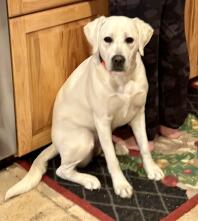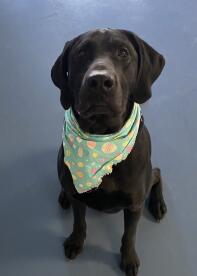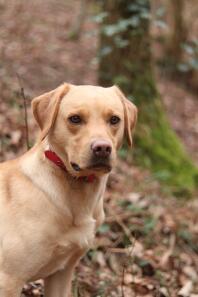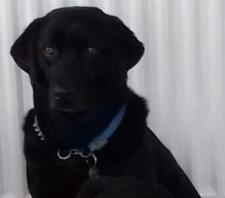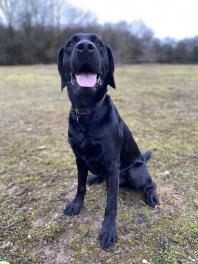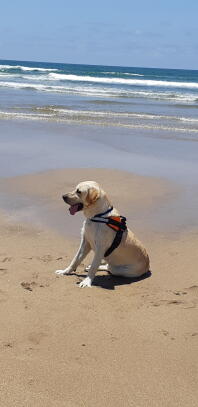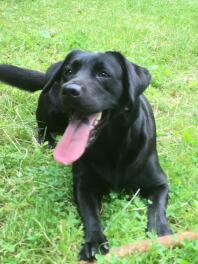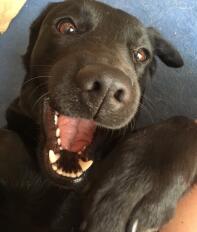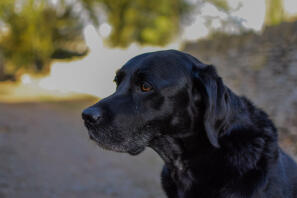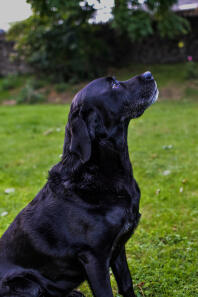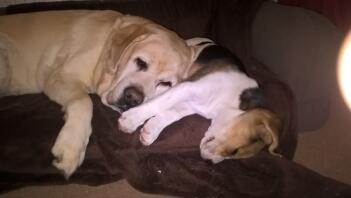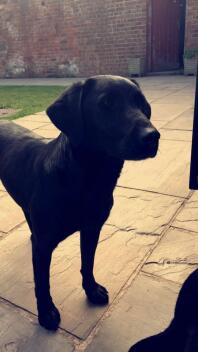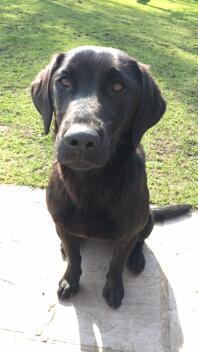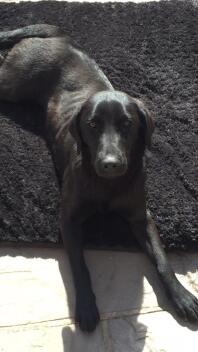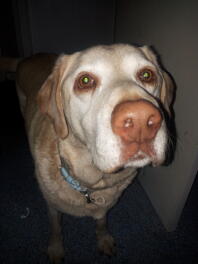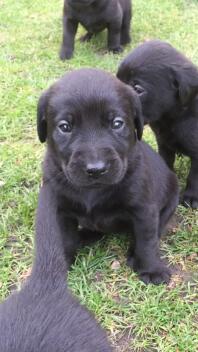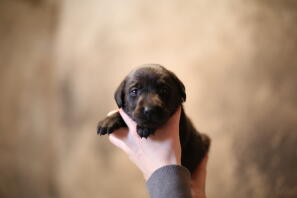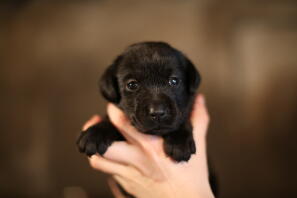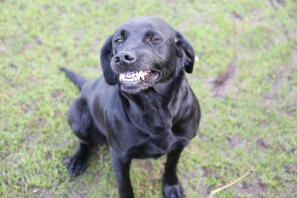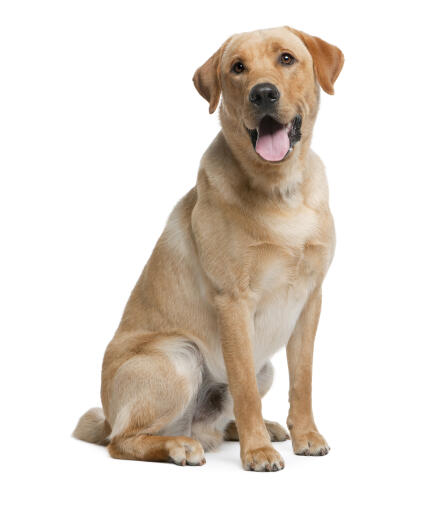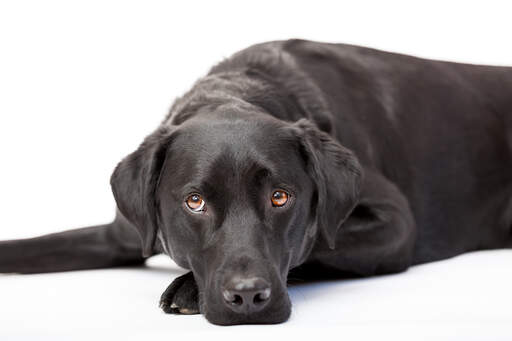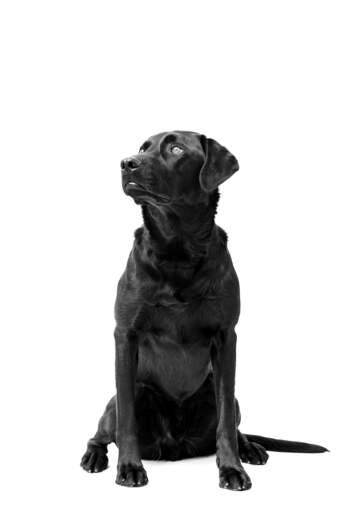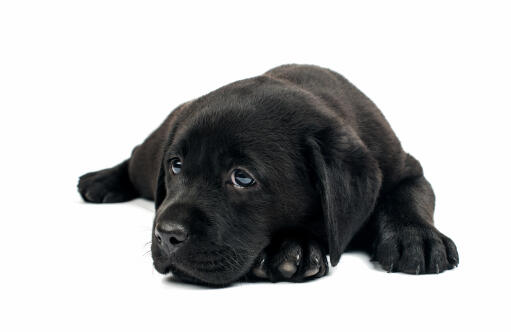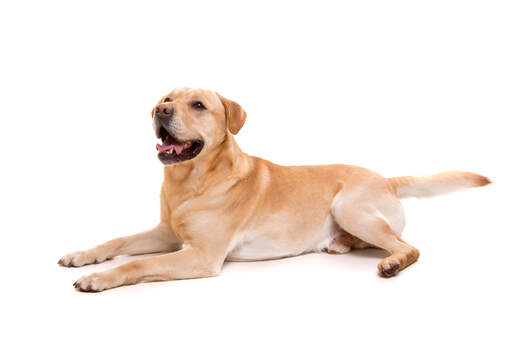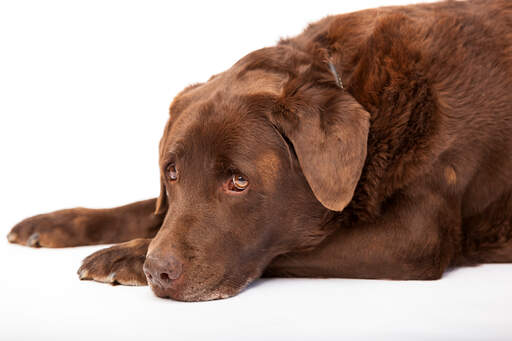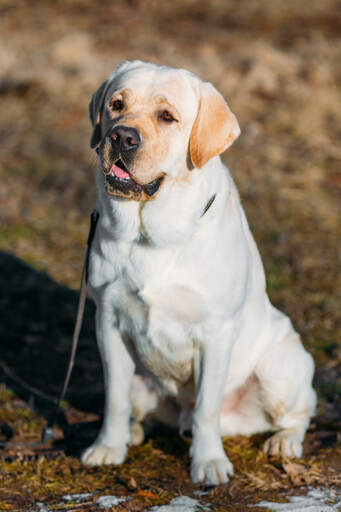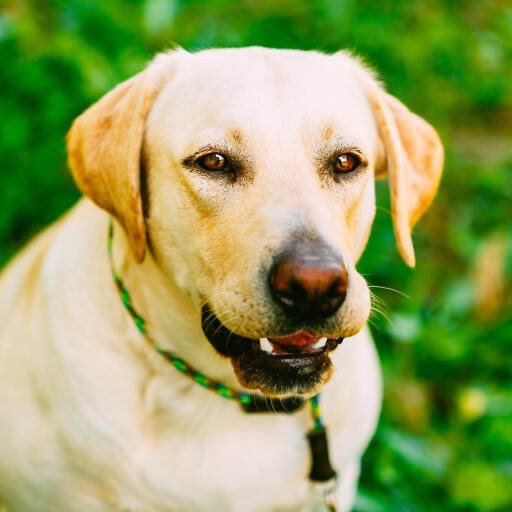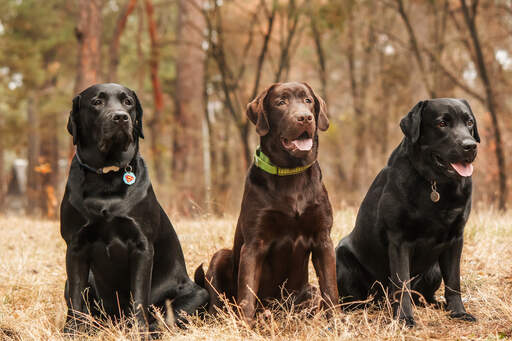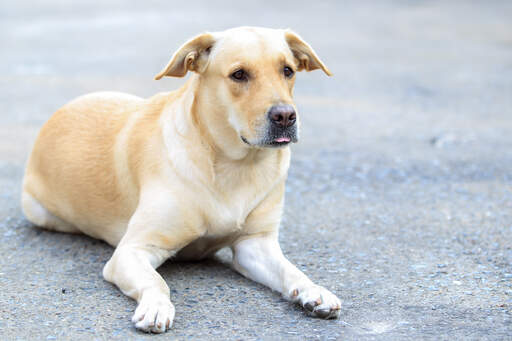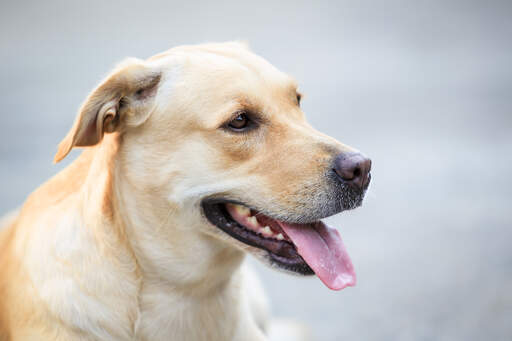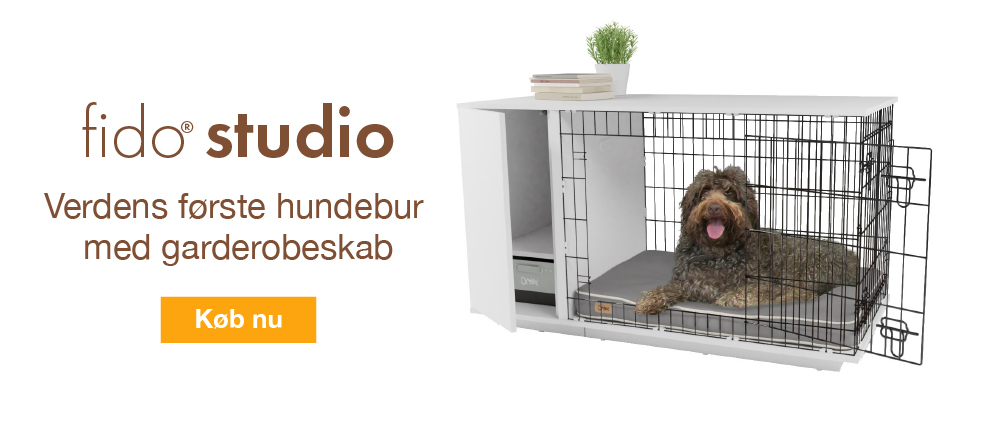Labrador Retriever hund











History
The original Labrador originated in Newfoundland, but looked very different to the Newfoundland breed we know today. The breed were all black and much slighter than modern day Newfoundlands. They were the precursor to the modern day Labrador and used to retrieve game, fish and pull boats across lakes. They loved the water and helped fisherman with any task that involved swimming. The breed died out in Newfoundland, but a group were taken to England in the early 1800's and a breeding programme began. Black was the only colour acceptable and yellow and brown were culled at birth, but by the early 1900's, the other colours became popular too.
Behaviour
Labradors are the worlds most popular dog. They are loyal, obedient, intelligent and easy to train. Much favoured as assistance dogs for blind, deaf or those with other disabilities, gun dogs, therapy dogs, explosive/drug dogs etc, the Lab is suitable for most jobs, including a loving and playful family pet. Labs are very happy with children, patient and calm, making them an ideal pet. They have high intelligence and like learning, so training from an early age will benefit dog and owner. They adore water and swimming and will happily play fetch with a floating dummy for hours.
Labs will crave human attention and want to be with you. True family dogs that will follow you around, sit on your lap and lean against you for attention, however, they learn fast and will fit into your routine quickly. They can be left alone without too much trouble, but not for too long or their minds will start thinking of mischief. They are good with other dogs, people and children and useless as a guard dog, unless the burglar doesn't like being licked by this gentle breed. Labradors have masses of energy, so will need a long daily walk and given a chance to run around and play. Their recall, once trained, is excellent, and they make good running partners. The breed typically matures around 3 year of age, so will be quite puppy like for the first 3 years. Training is important at all stages, but more so with this breed as they learn so quickly. Training is fun and rewarding as they like to please you, hoping for a tummy tickle as reward. With short coats, they don't require too much in the way of brushing, but when they moult, it's best to brush as often as possible to stop the fur ending up everywhere.
They are a greedy breed and will eat anything, so obesity must be watched. Make sure you have a Labrador-proof kitchen bin or they will find a way in. They put on weight easily without sufficient exercise, so food intake must be watched. Canine Hip and Elbow Dysplasia can be a problem with the breed.
Temperament
The Labrador has a loving and friendly temperament. It is hard to say that anyone who has the time and space for a Labrador can go wrong with this breed. A friend to everyone they meet the Labrador is one of the biggest softies in the dog world.
Needless to say they are great with children, other pets and strangers alike. This does mean they make terrible guard dogs. They love a good walk and you will have a hard time keeping them out of muddy puddles as most individuals love water.
Health Problems
Health problems that may affect Labradors include canine hip dysplasia (CHD), elbow dysplasia, luxating patella (dislocation of knee cap), progressive retinal atrophy (PRA: degeneration of the retina which can lead to blindness) and cataracts.
Breed Details
- Status: Common
- Life Expectancy: 11 - 14 years
- Weight: 25 - 40 kg
- Højde: 21.5 - 24.5"
- Rare: Nej
- Coat: Lavt
- Grooming Requirements: Once a week
- Town or Country: Either
- Minimum Home Size: Large House
- Minimum Garden Size: Large Garden
- Breed Type: Gun Dog
- Størrelse: Stor
- Energy Level: High
- Exercise Required: Over 2 hours
Billeder af Labrador Retriever
